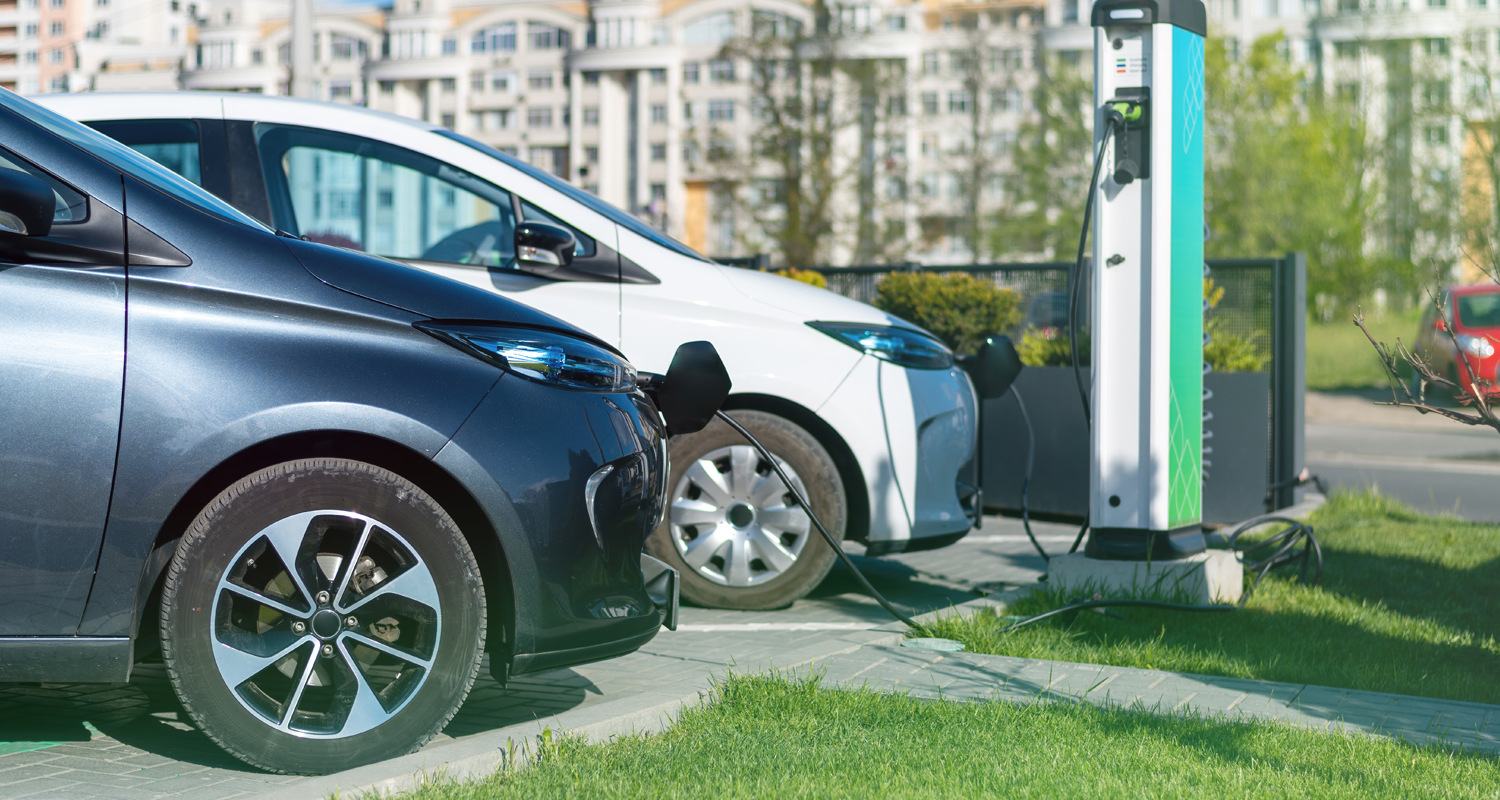Here’s how the electric vehicle revolution is going

If you listen, you can hear whirs rather than roars. If you look, you can see charging stations in grocery store parking lots or by libraries.
For years, electric vehicles were said to be just around the corner. Now, they’re here, moving from niche to mainstream, with their listen-or-you’ll-miss-it driving noises, and with no need for gas, oil changes or emissions tests — ever. The revolution is happening in a time of high gas prices and amid worries about stable energy sources fueled by the war in Ukraine.
“Electric cars are normal now,” said Matthew Nelson, director of governmental affairs at Electrify America, which has the nation’s largest network of fast-charging stations. “This is a car that does what you expect a car to do.”
For more than 100 years, gas-powered cars have ruled. An entire ecosystem of gas stations, dealerships, repair shops and parts makers has revolved around fuel getting squirted into a tank. The auto industry became dominated by a handful of players that ruled the world. But EVs have helped disrupt this, with new arrivals and their futurama brands: Rivian, Lucid, Polestar.
“We’re really seeing the best opportunity since just after World War II for new carmakers to get into the market,” said Matt Anderson, curator of transportation at The Henry Ford, a museum in Dearborn, Mich., chronicling American innovation.
Even as momentum grows around these vehicles, sales still pale in comparison to gas-powered vehicles. And there are plenty of other obstacles: EVs are more expensive, and charging stations are not located everywhere, though there’s a race to build more. The industry has largely settled on a universal plug, though Tesla still has their own that comes with an adapter. The wait time for charging an EV also varies by vehicle model and charging station.
Still, the biggest EV challenge is scaling up: installing pricey charging stations and ensuring the electrical grid won’t collapse if everyone plugs in at once. The expectation is that people who have charging stations at home will plug in overnight, while those who live in apartments or who park their cars on the street will have to get a charge while running errands or maybe at work.
For now, demand far outstrips supply, thanks to ongoing supply chain issues plaguing the auto industry. That means anyone wanting an EV should be prepared to wait, depending on the make and model.
Source : washingtonpost.com



